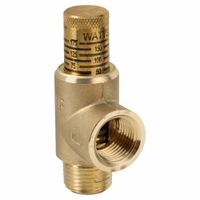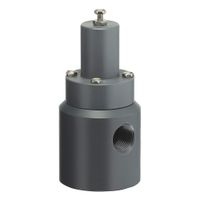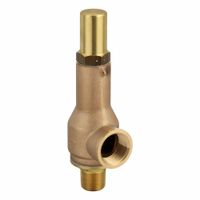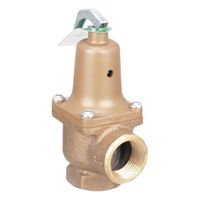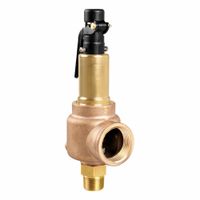- Home
- Plumbing
- Plumbing Valves
- Pressure Temperature Control Valves
- Pressure Relief Valves
Pressure Relief Valves
Pressure-relief valves open when pressure levels exceed a pre-set limit, preventing injury, system failure, or damage, and close when pressure levels return to normal. Air, inert gas, and liquids pressure-relief valves work with air, inert gas, and liquids used in pressure vessels and heating boiler .....Read More
Frequently Asked Questions
What is a pressure-relief valve and how does it work?
How do you select the right pressure-relief valve for a specific application?
What are the common types of pressure-relief valves?
How often should pressure-relief valves be tested or maintained?
What are the signs of a failing pressure-relief valve?
How do you adjust the set pressure on a pressure-relief valve?
What are the safety standards and regulations for pressure-relief valves?
